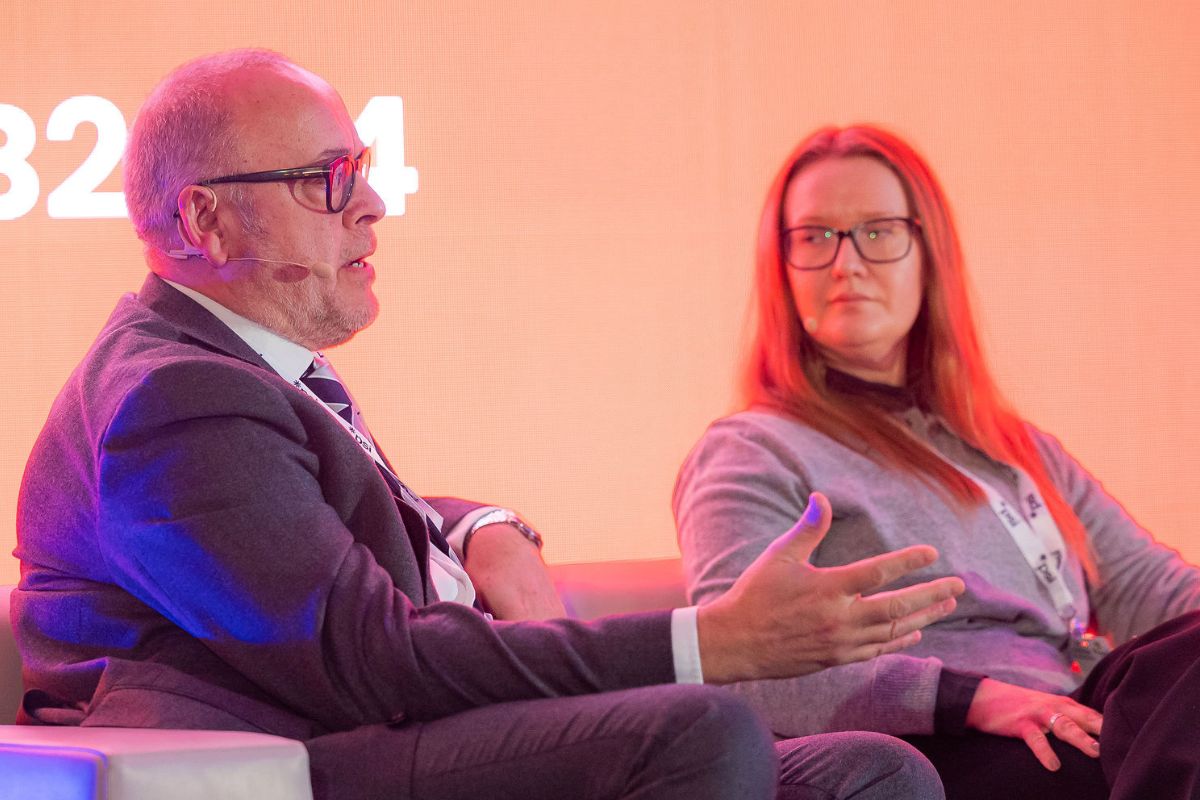HOW 3D DIGITAL TECHNOLOGIES CAN INSPIRE YOUNG PEOPLE TO PURSUE #STEM CAREERS

TECHNICAL SKILLS ARE KEY TO UK’S FUTURE WORKFORCE
The UK Government’s commitment to nurturing science, technology, engineering and mathematics (STEM) education was further cemented in this March’s spring statement.
UK Chancellor Philip Hammond outlined a series of initiatives aimed at helping to nurture vital skills that employers need to create the workforce of the future.
In particular, Hammond highlighted the Government’s mission of “returning technical and vocational skills to the heart of our educational system.”
The hope is that the launch of T-Level qualifications in September 2020 will give young people the opportunity to achieve a qualification equal to three A-levels, whilst getting ‘on-the-job’ experience.
It’s undeniable that STEM education will remain core to fostering the future workforce and innovation in the UK, and help tackle global environment, sustainability and resource challenges.
However, despite efforts to date, undergraduate enrolments in STEM subjects represent just under a third of enrolments in all subjects.
So, what more can be done to inspire the next generation?
INSPIRING THE NEXT GENERATION
This question was particularly front of mind last month as young people and students gathered at the Big Bang Fair at NEC Birmingham to celebrate science and engineering.
The event was underpinned with a common theme – environmental sustainability. The opening saw a pair of synchronised swimmers, who attempted to perform their routines in a swimming pool filled with plastic pollution to demonstrate the difficulties faced by marine life.
Meanwhile, Dassault Systèmes invited young people attending the event to compete against each other in an interactive ‘ocean clean-up’ activity, a challenge set to free a tank of water from plastic debris in the fastest time.
Based on a project we worked on with The Ocean Cleanup, its aim was to demonstrate how 3D design and engineering software can be used to tackle global environmental issues.
Today, there are over 5 trillion pieces of plastic currently littering our oceans, accumulating in areas known as ‘ocean garbage patches’; the largest of these being the Great Pacific Garbage Patch, located between Hawaii and California. Dassault Systèmes’ involvement with The Ocean Cleanup initiative began back in 2012 when 17-year-old Boyan Slat took part in our SOLIDWORKS for Entrepreneurs Program, after famously documenting the extent of plastic pollution in our seas.
Together we helped Boyan (now CEO of The Ocean Cleanup) develop ‘System 001’, a solution which uses X-Flow (a Dassault Systèmes technology) to rid the world’s oceans of plastic pollution.
Our interactive Ocean Cleanup activity attracted 6000 students throughout the course of the event, and was won by The Cooper School in Bicester, who recorded a time of 17.3 seconds to narrowly beat Montsaye Academy, Rothwell, and win a year’s subscription to our SOLIDWORKS 3D computer-aided design (CAD) and engineering program.
By participating in the activity, students learned about the importance of STEM skills, and how they can be applied to inspire positive global change.
COMBINING REAL AND VIRTUAL WORLDS THROUGH DIGITAL TECHNOLOGIES
The Ocean Cleanup project is just one example of how access to 3D design and engineering software can inspire young people to make positive change for a better future.
Using Dassault Systèmes simulation and 3D visualisation solutions, Boyan was able to explore his solution through a school science project. His design featured a 600 m-long floater, which sits on the surface of the water attached to a 3 m-deep impenetrable ‘skirt’ below; the system is fully reliant on natural forces, with any electronics used (e.g. light) powered by solar energy.
By putting digital technology in the hands of young people, students can transform ideas into reality and ‘see’ their innovations brought to life. Digital technology closes the gap between experimentation and learning so that young people can imagine new ways of seeing the world, of inventing, learning, producing and doing business.
FUELING AGENTS OF CHANGE WITH STEM EDUCATION
While learning through technology is not new, today’s teachers and parents are increasingly looking for blended and active learning experiences inside and outside classroom walls.
The introduction of new technologies and software in the classroom has been recognised as an essential part of providing students with skills fit for the future workplace.
Dassault Systèmes partners with institutions worldwide to develop enhanced teaching methods that help transform STEM education and contribute to the workforce of the future. Currently, over six million engineering students use the company’s technology in an educational context at 42,000 academic institutions worldwide.
As the UK Government puts further investments into STEM education and talent, it has never been so important for us to look at how we encourage the next generations to take up STEM subjects in school and university. It is evident that by putting technology in the hands of students, we can inspire young people to continue their STEM journeys beyond schools and foster a future cohort of agents of change across the world.
John Kitchingman, EuroNorth Managing Director, Dassault Systèmes











Responses